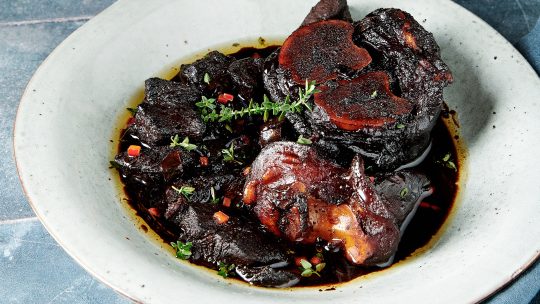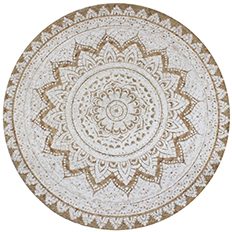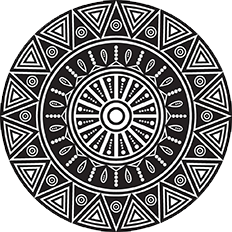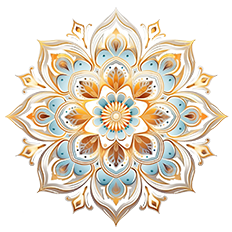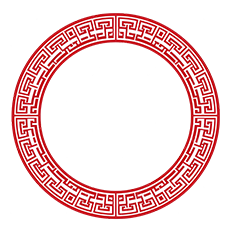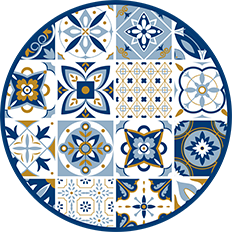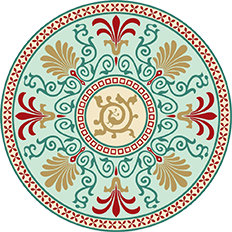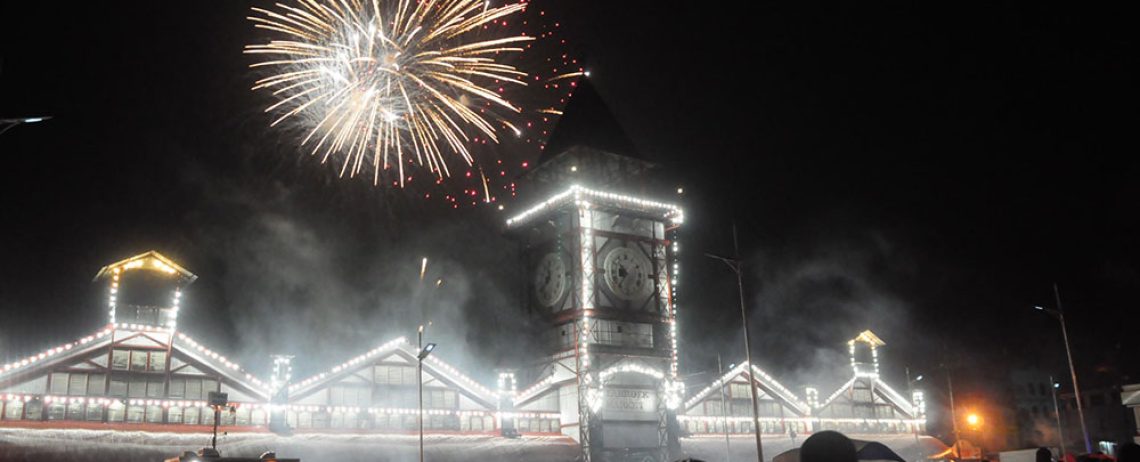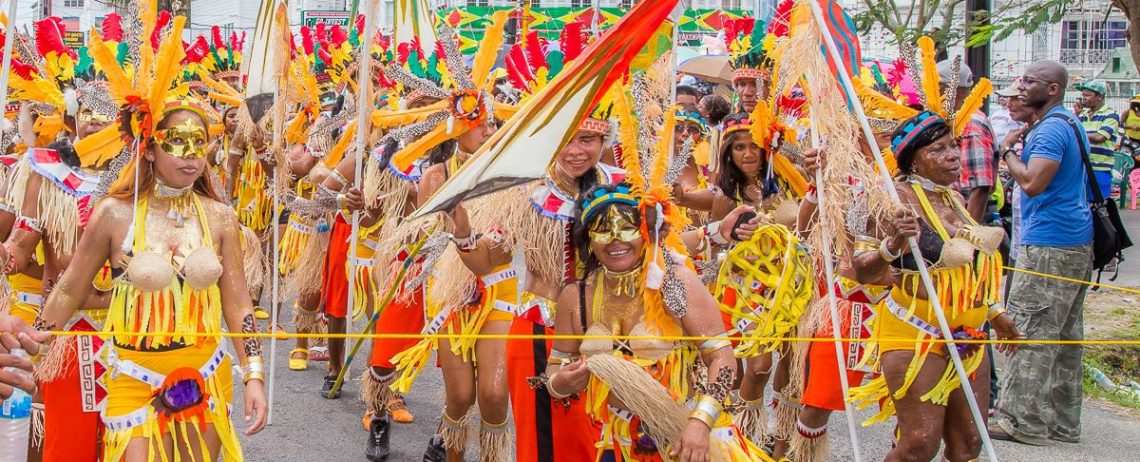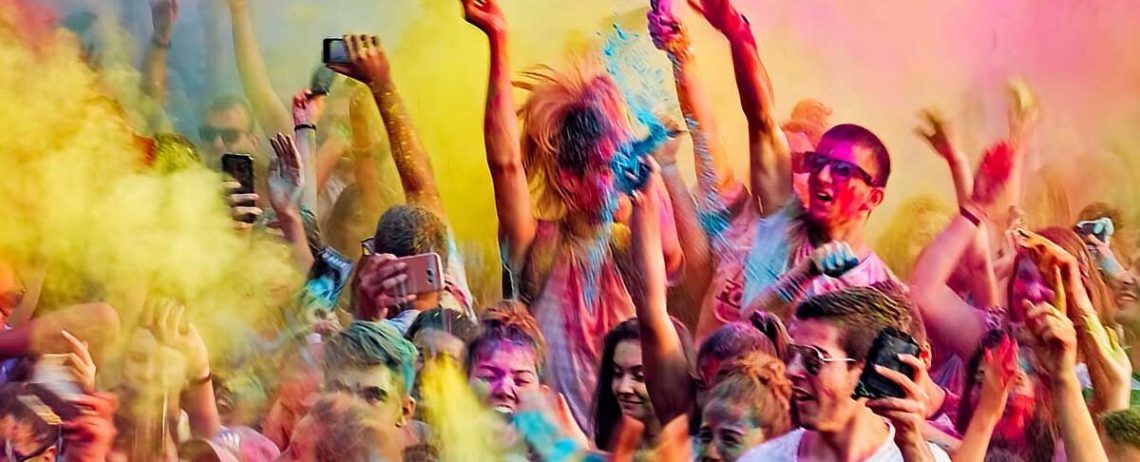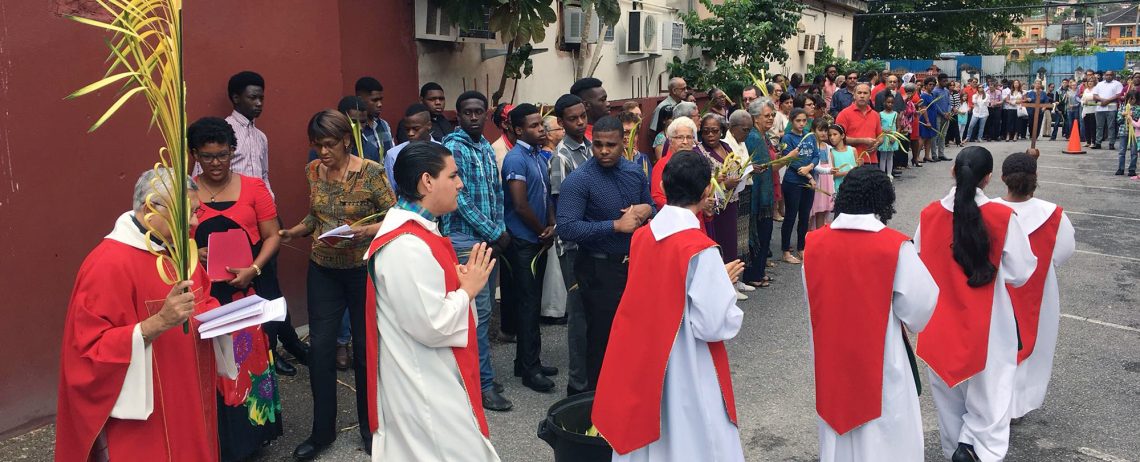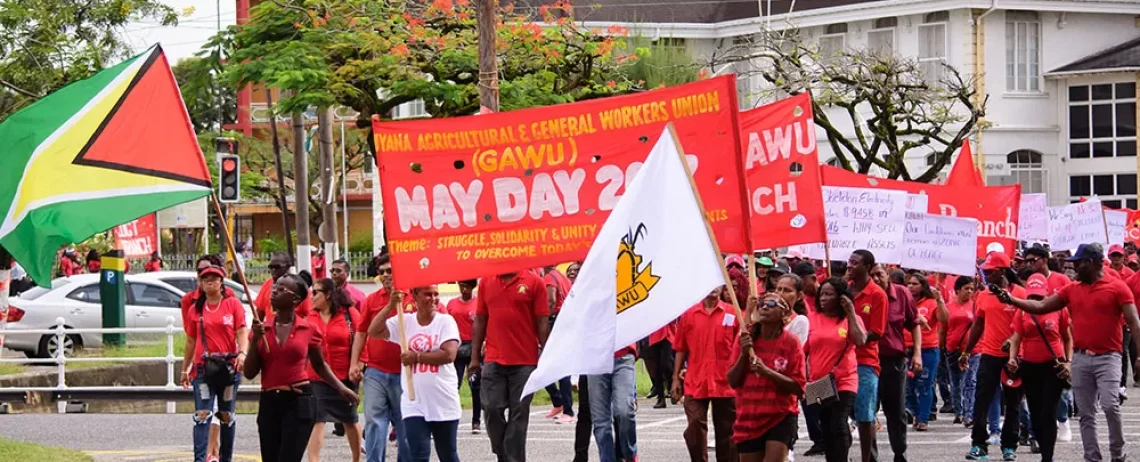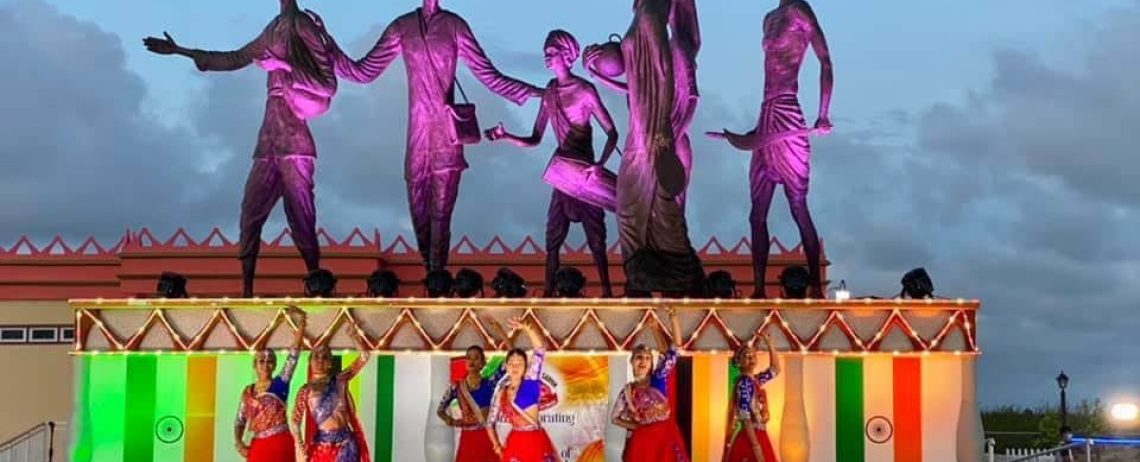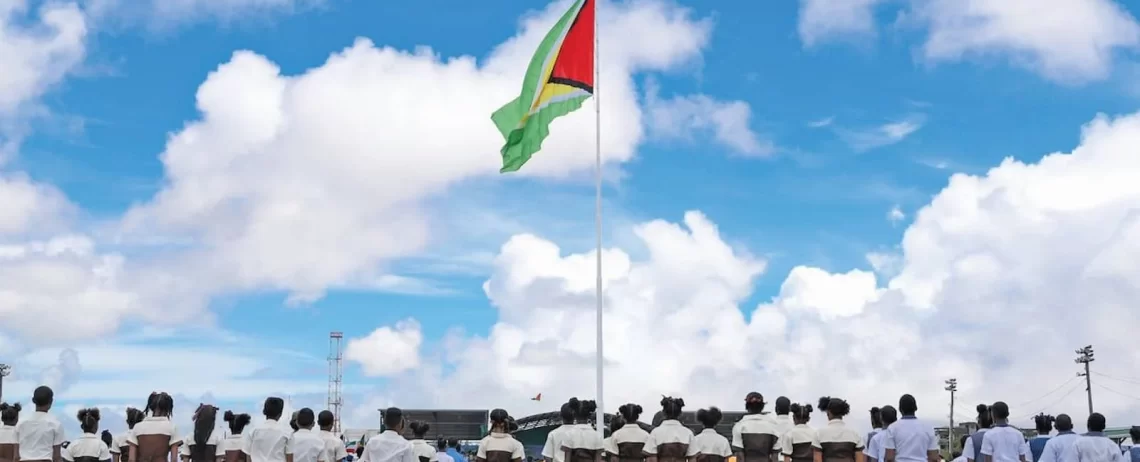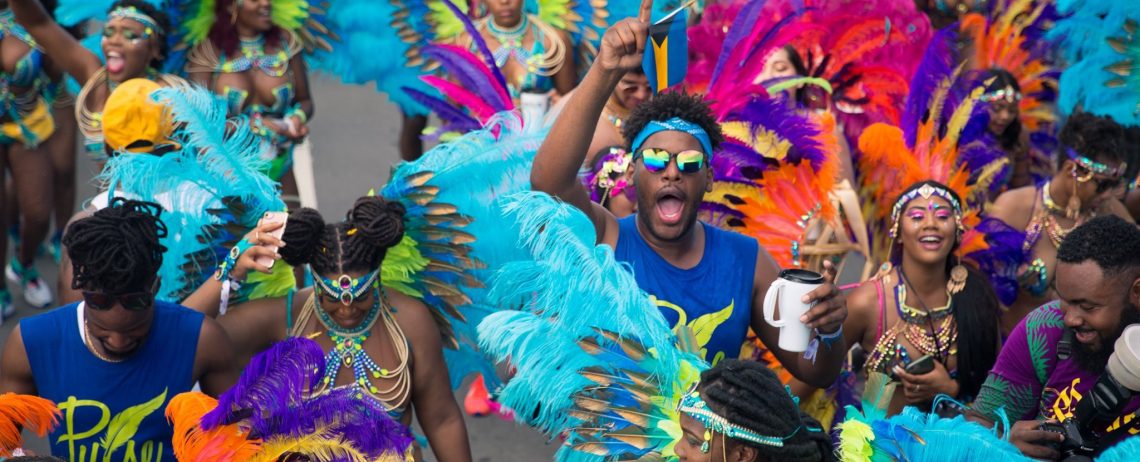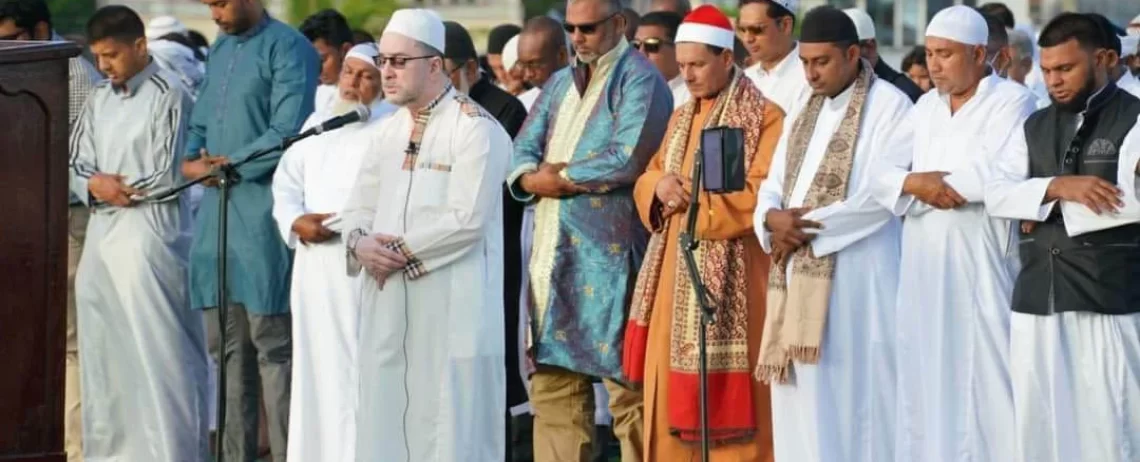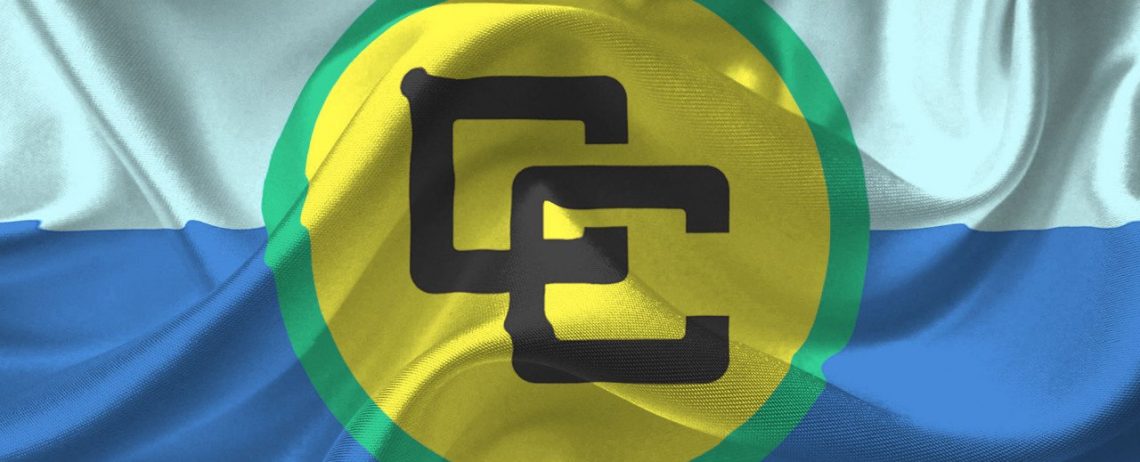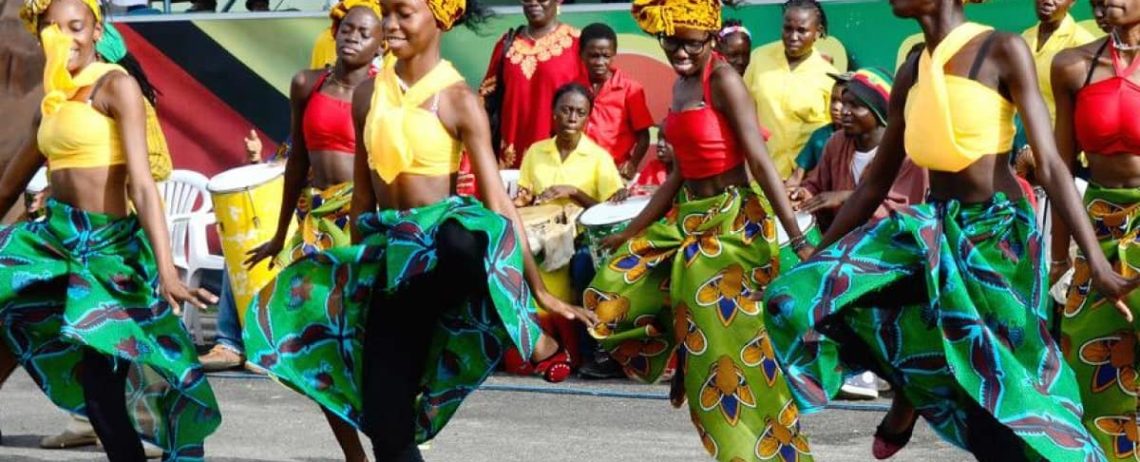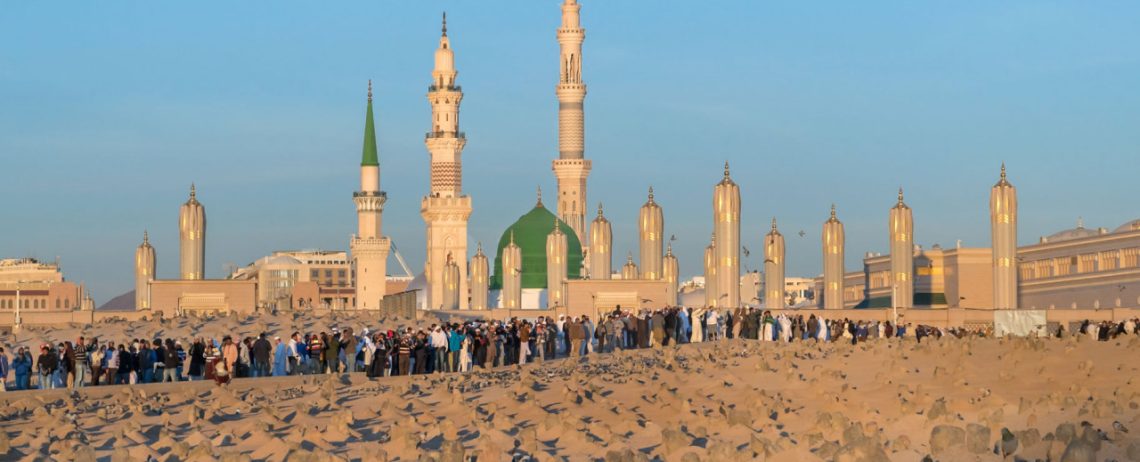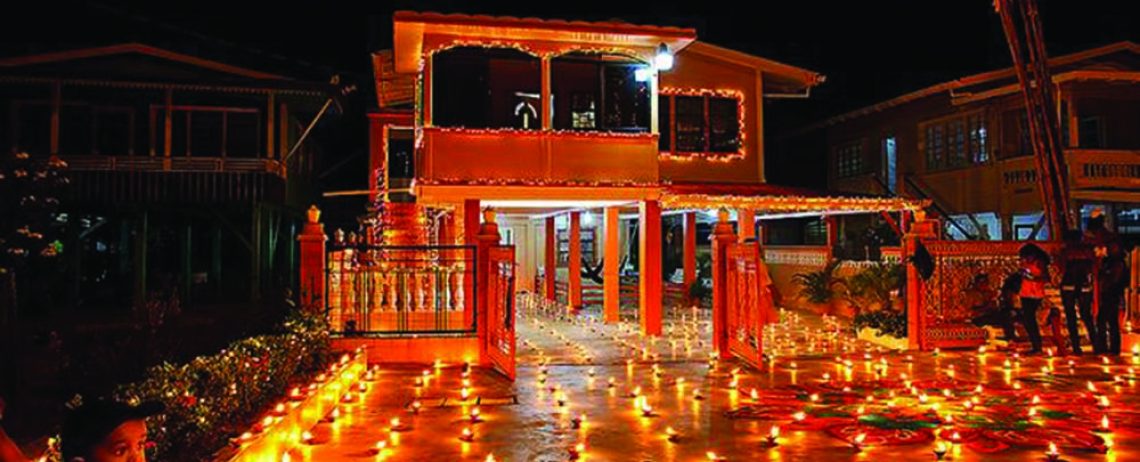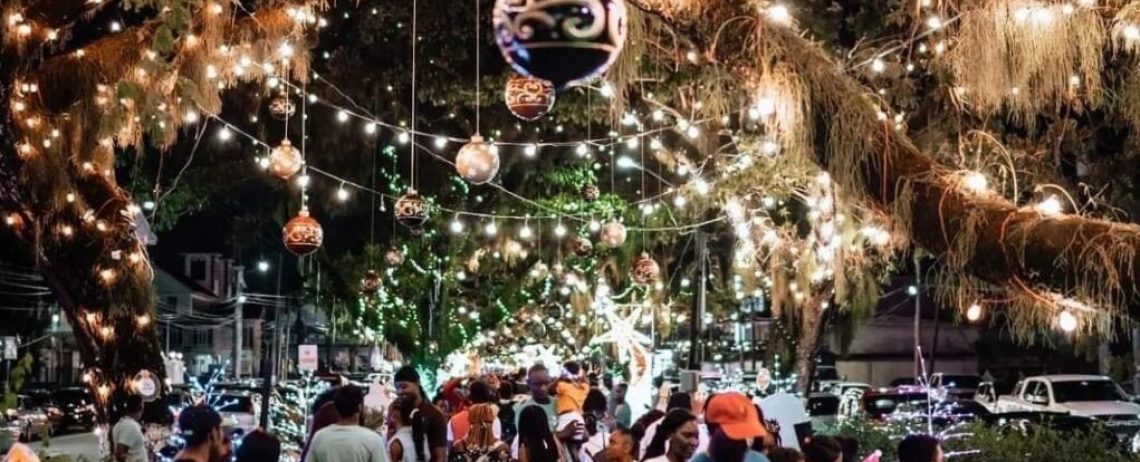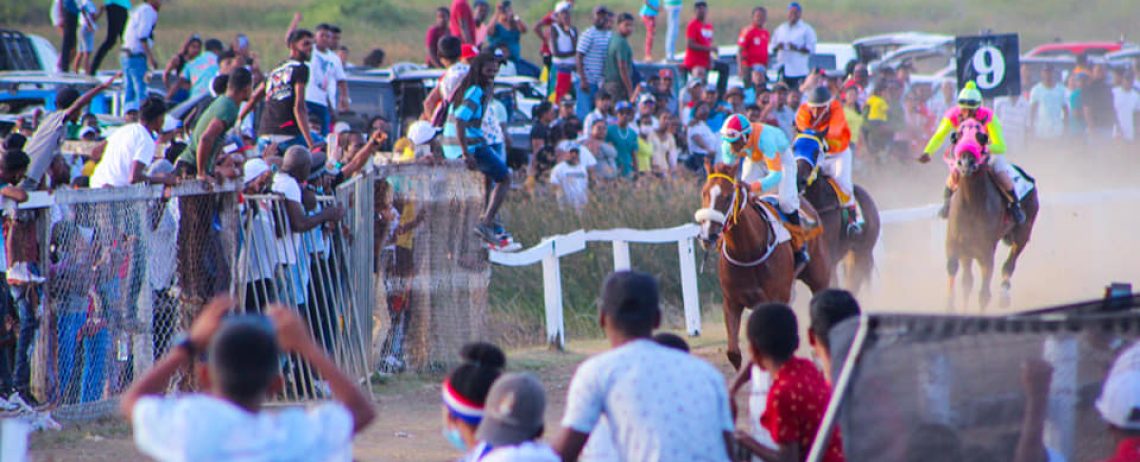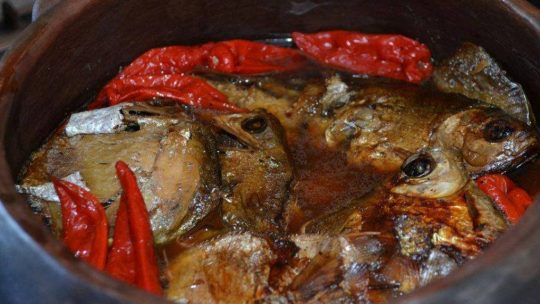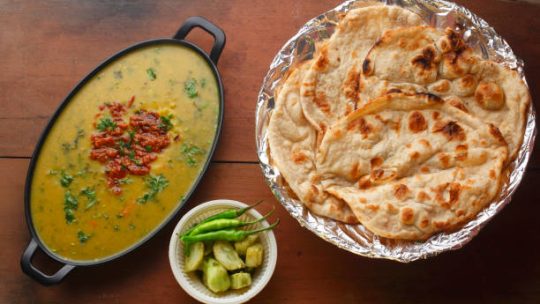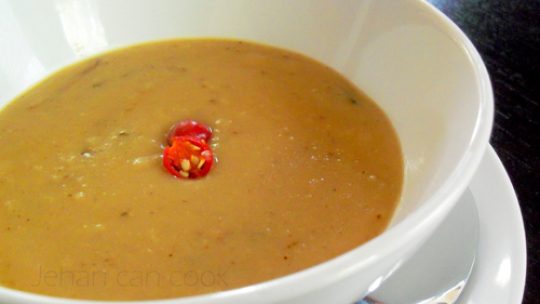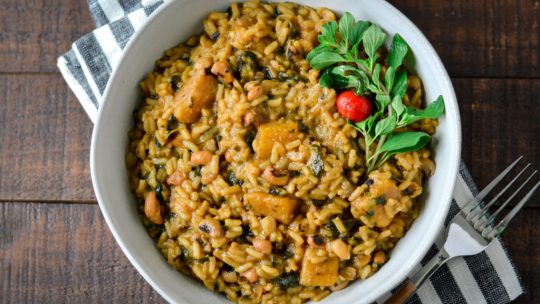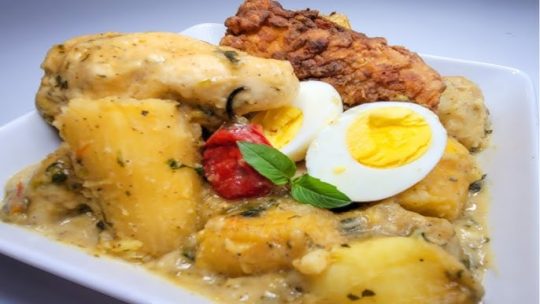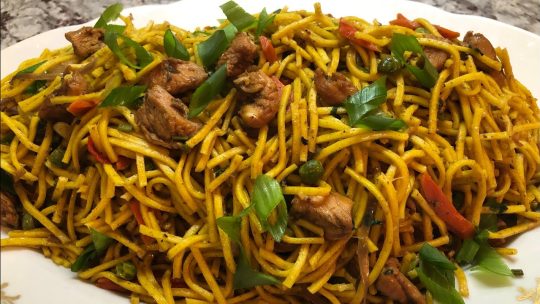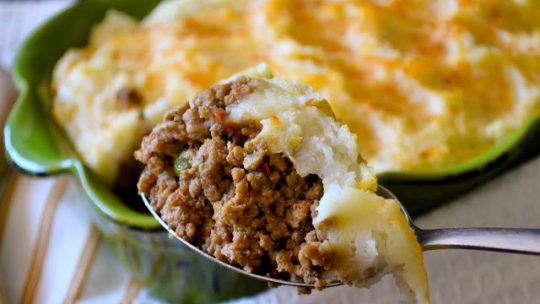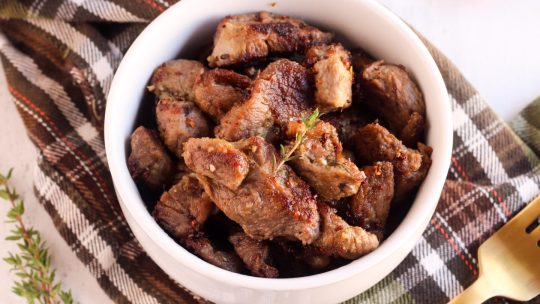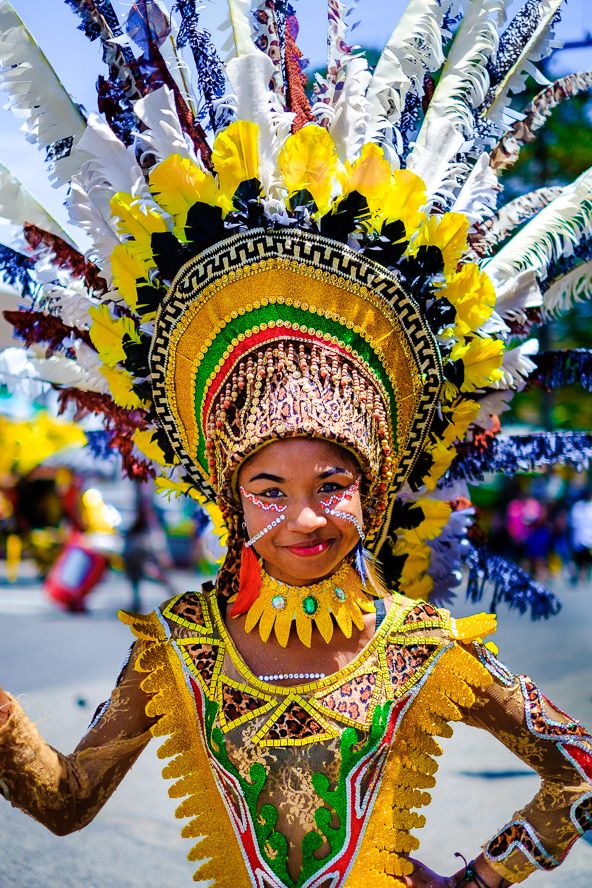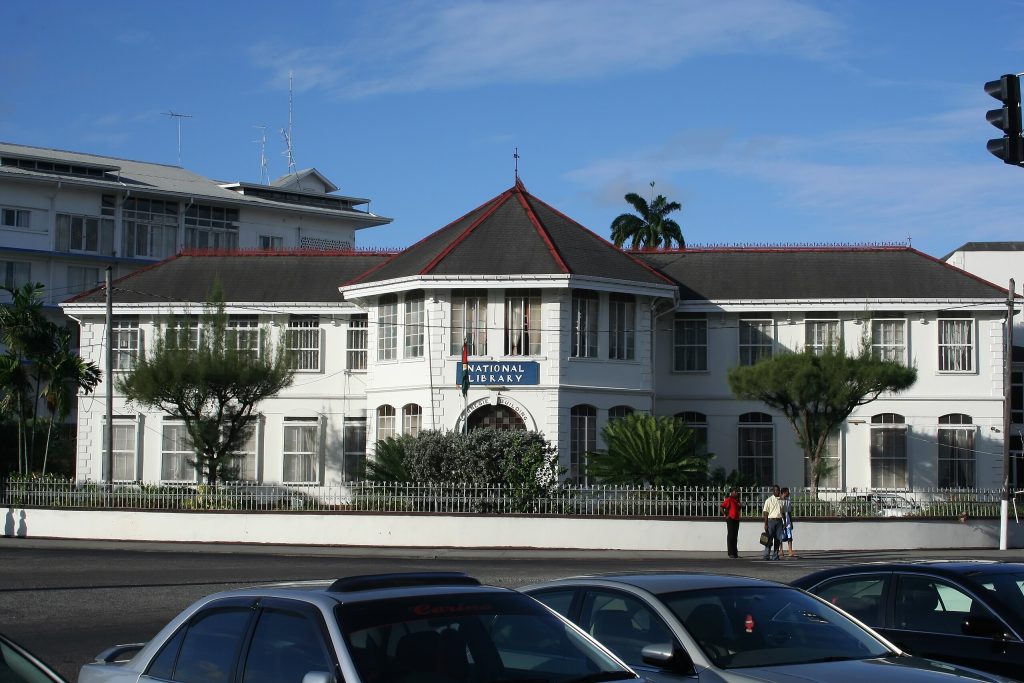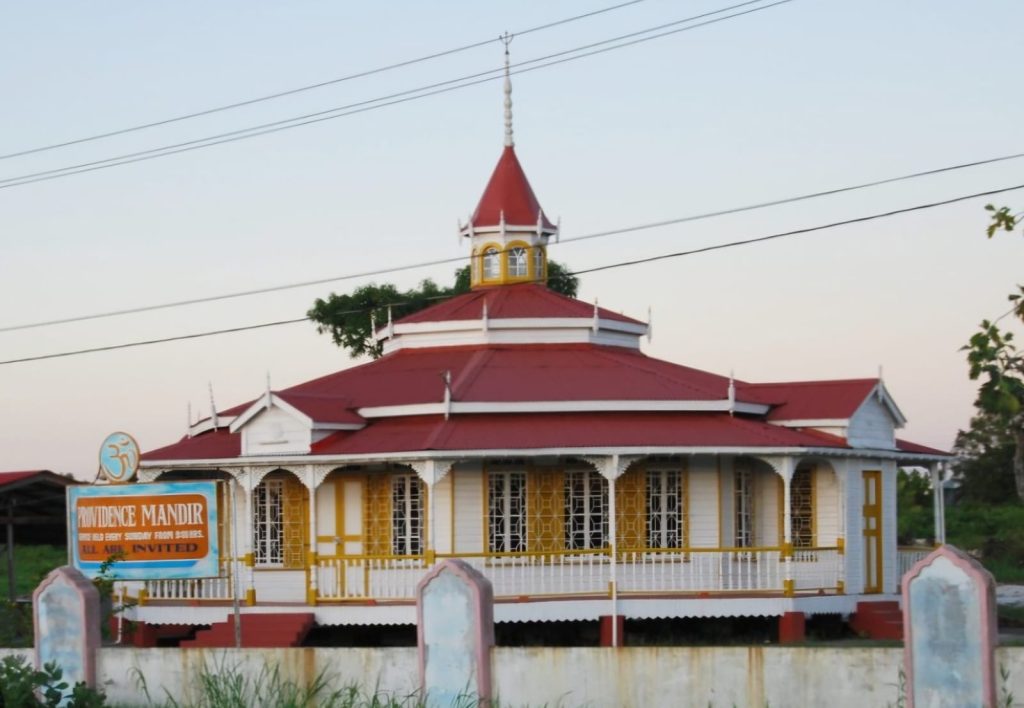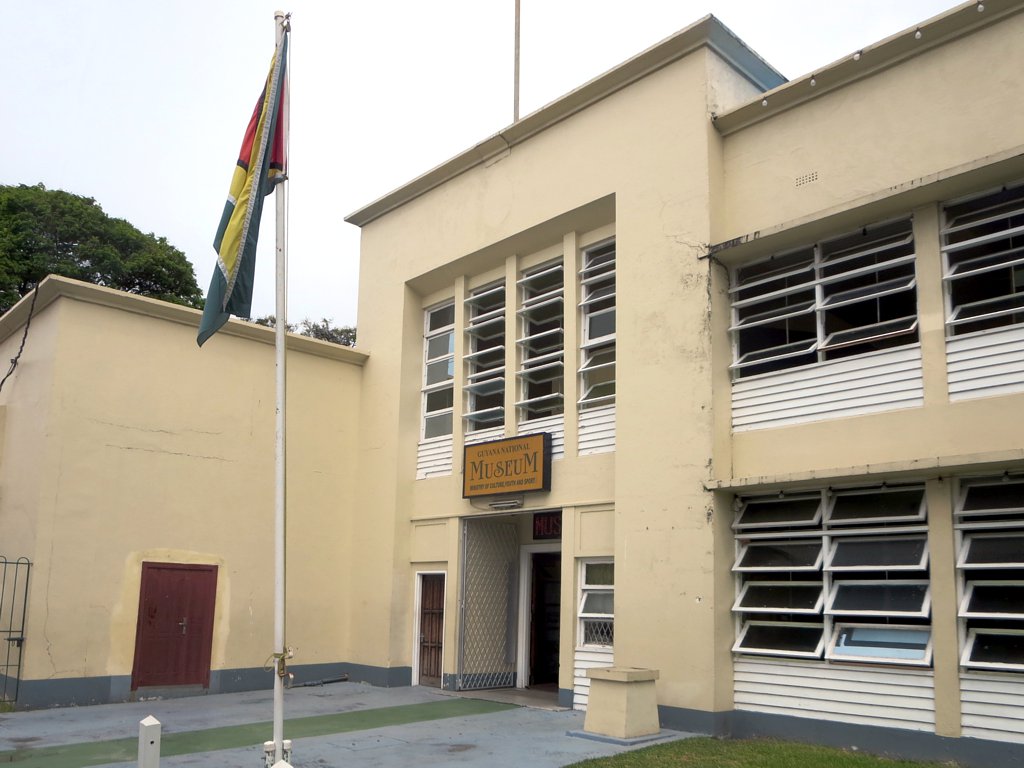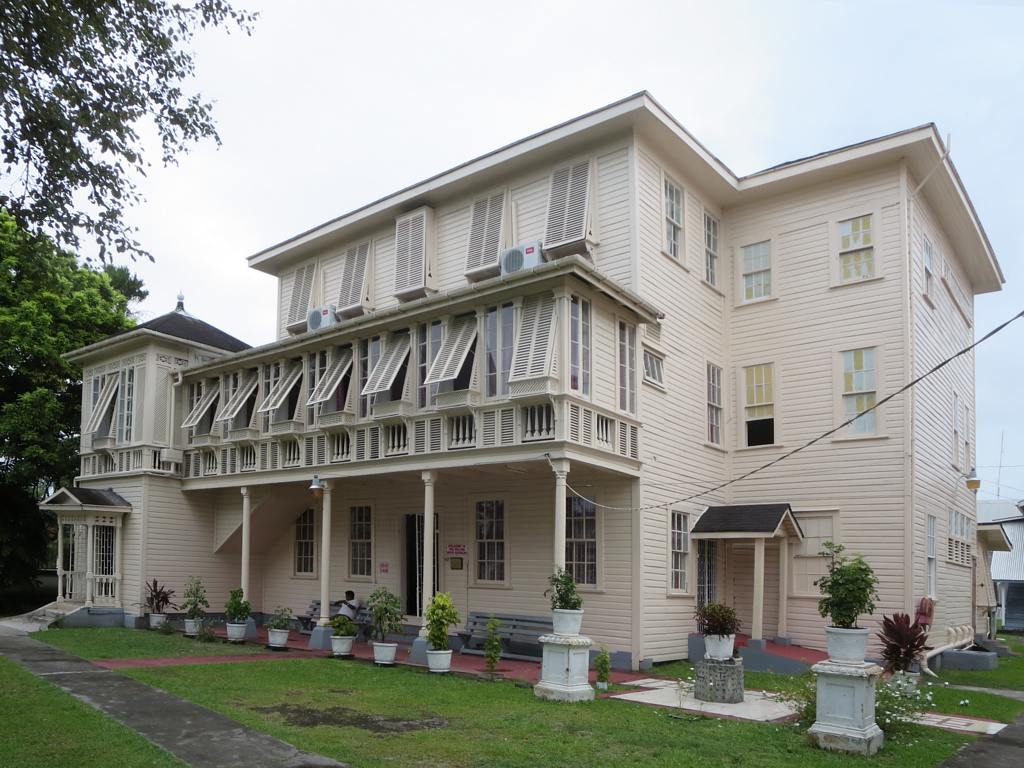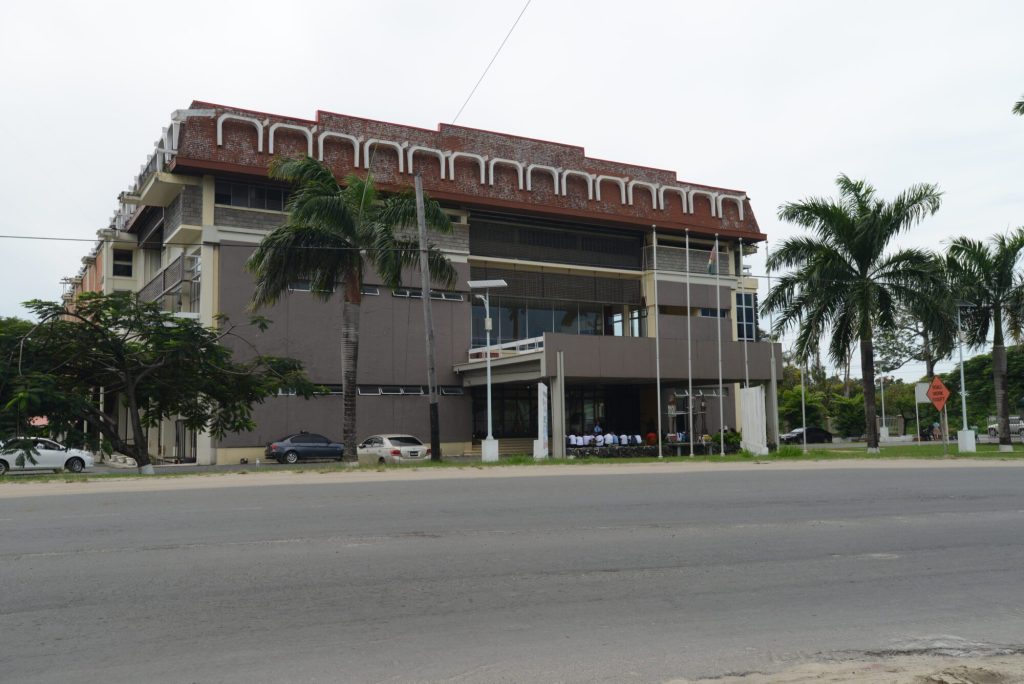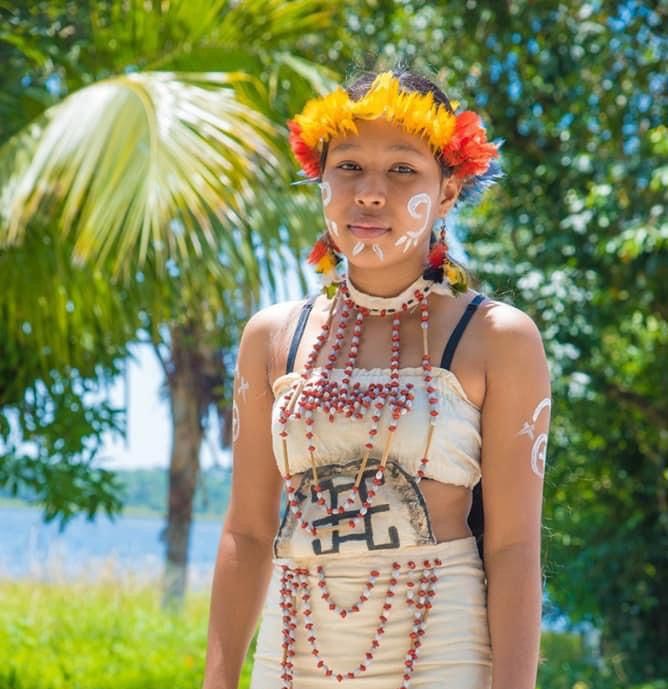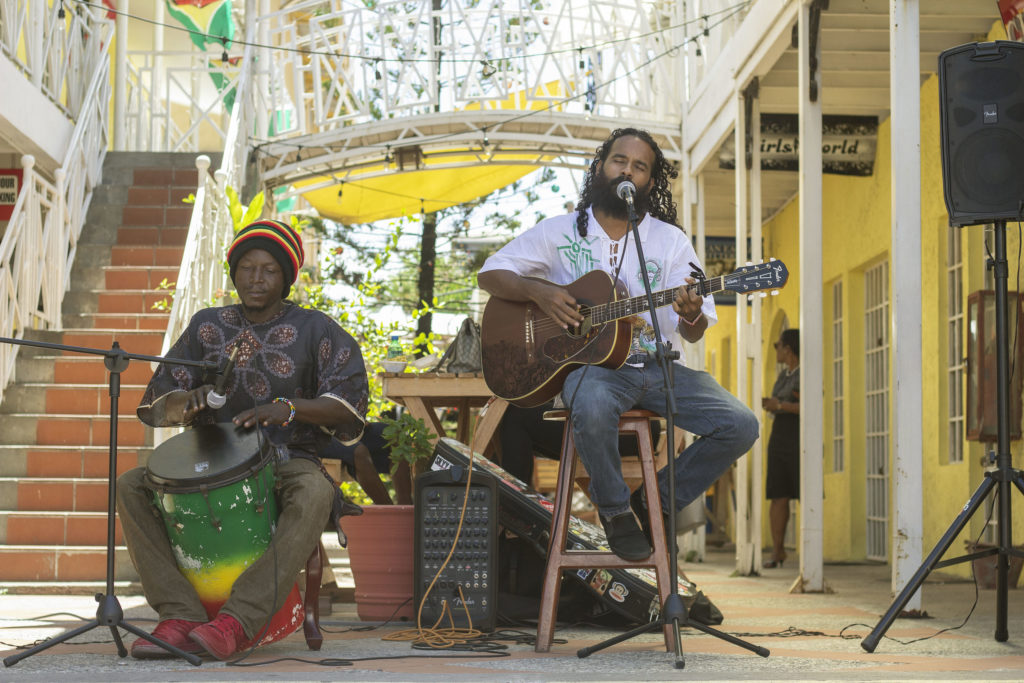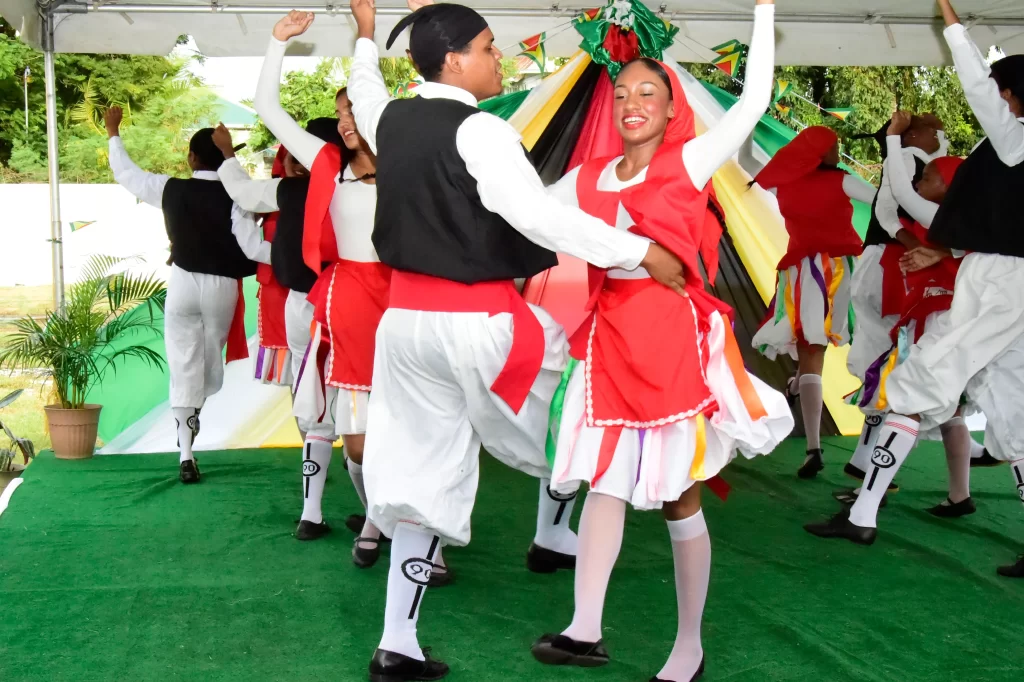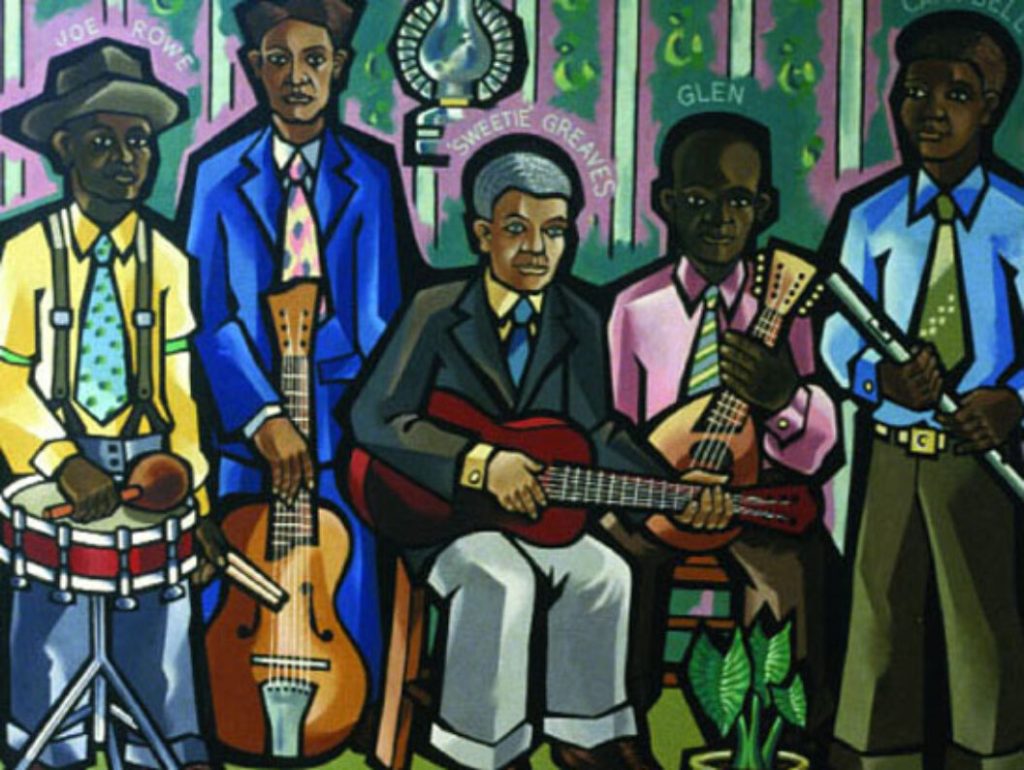Guyana boasts several institutions dedicated to preserving and promoting its cultural heritage. Visitors can explore museums, art galleries, and cultural centers that provide insight into the country’s history and artistic expressions.
National Museum of Guyana: Located in Georgetown, this museum offers a comprehensive look at Guyana’s history, from its prehistoric past to contemporary times.
Walter Roth Museum of Anthropology: Specializes in the Indigenous cultures of Guyana, showcasing artifacts, tools, and traditional crafts.
National Art Gallery (Castellani House): Exhibits works by Guyanese artists, reflecting the country’s vibrant art scene.
Museum of African Heritage: Located in Georgetown, focuses on the African heritage of Guyana, displaying artifacts, artworks, and cultural items.
John Campbell Police Museum: Offers a glimpse into the history and development of the Guyana Police Force, showcasing uniforms, equipment, and memorabilia.
The Guyana Heritage Museum: Located in Met-en-Meerzorg, this museum houses a private collection of artifacts and memorabilia related to Guyana’s history.
The Rupununi Weavers Society Museum: Dedicated to preserving and showcasing the traditional weaving techniques of the Indigenous peoples of the Rupununi region.
The Philatelic Museum: Displays an extensive collection of Guyanese stamps and postal history.
Dutch Heritage Museum: Located on Fort Island, this museum is set within the historic Court of Policy building and highlights the Dutch colonial history of Guyana.
